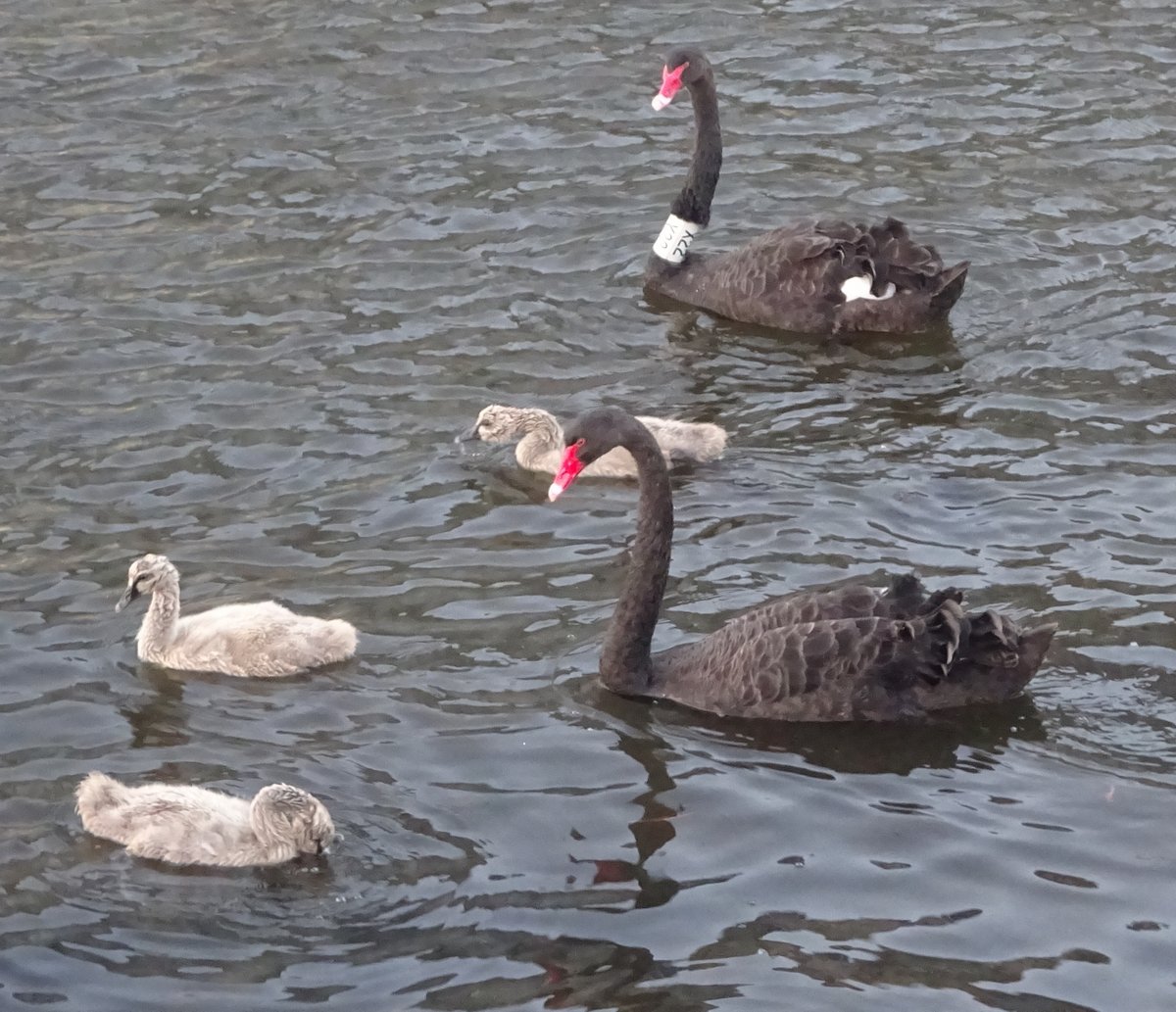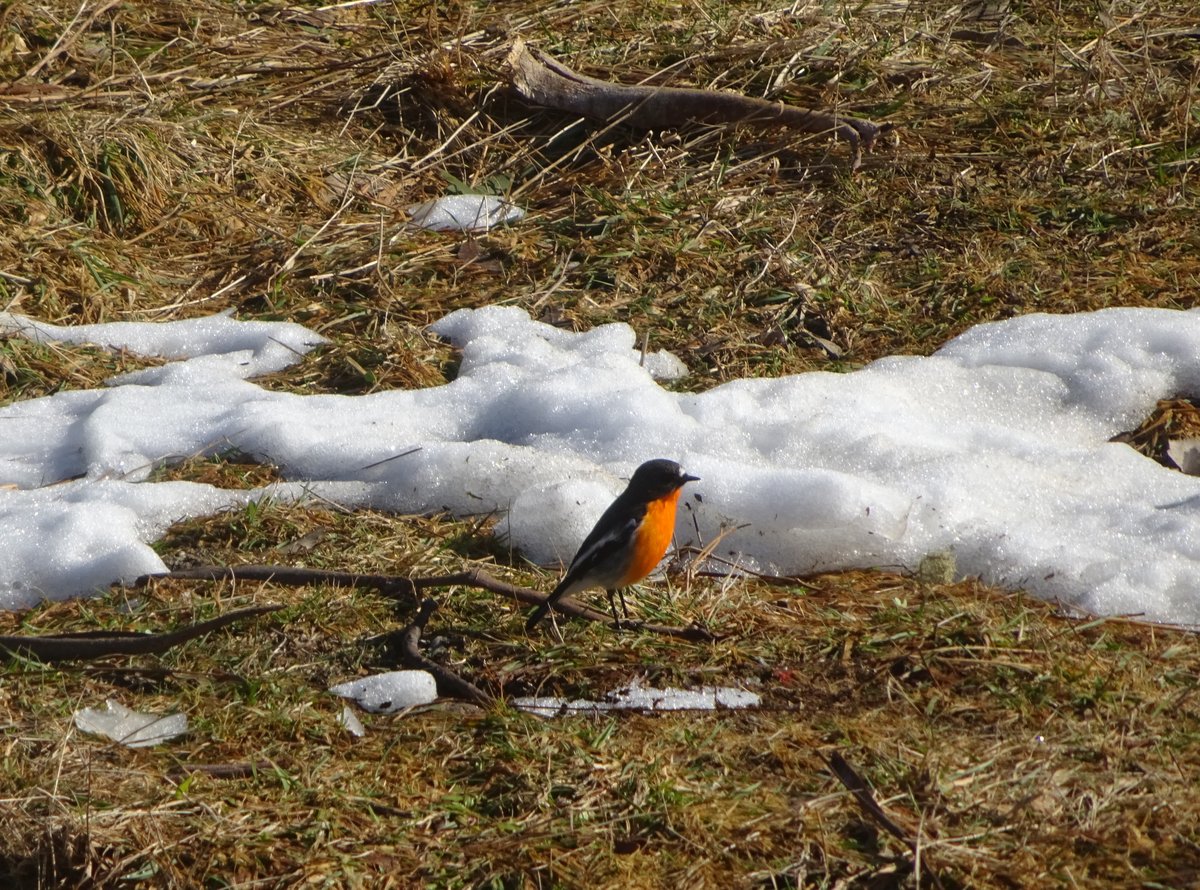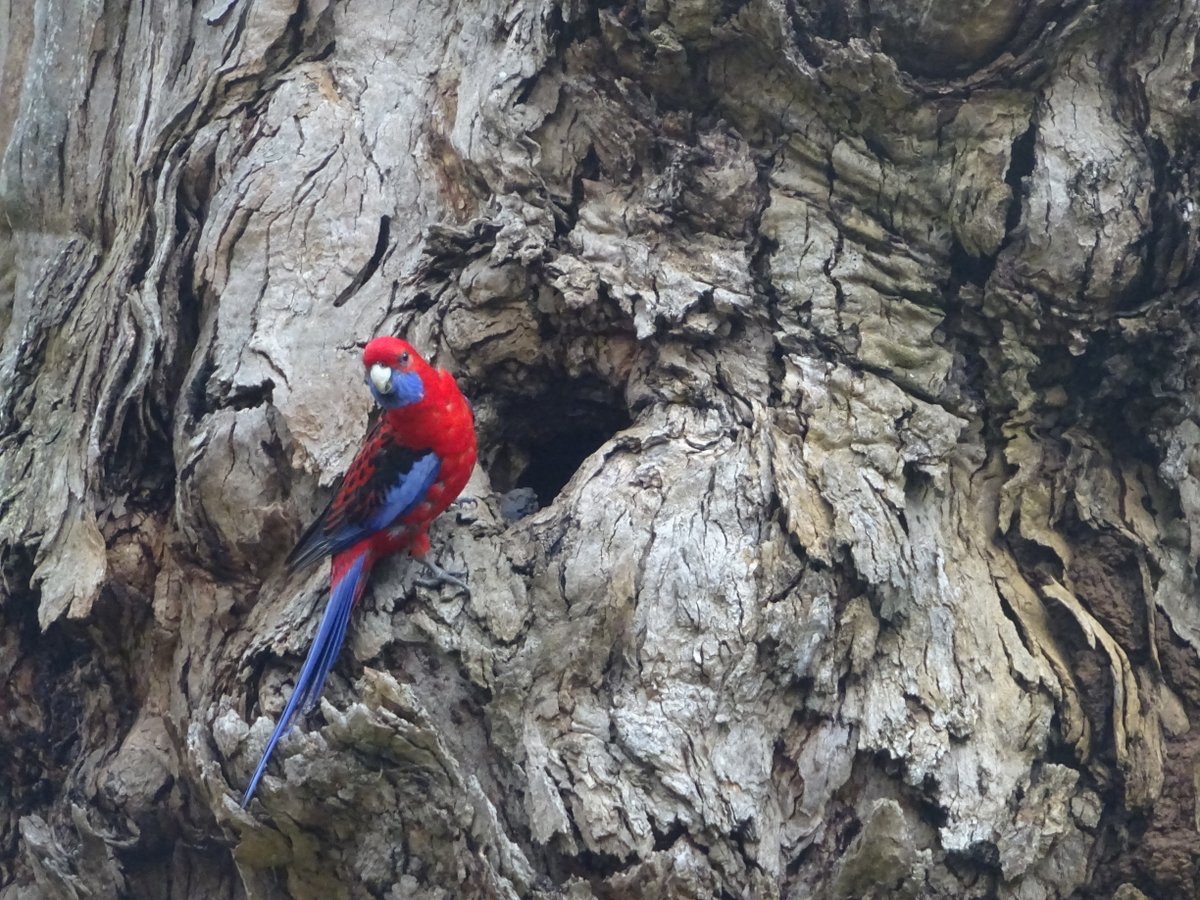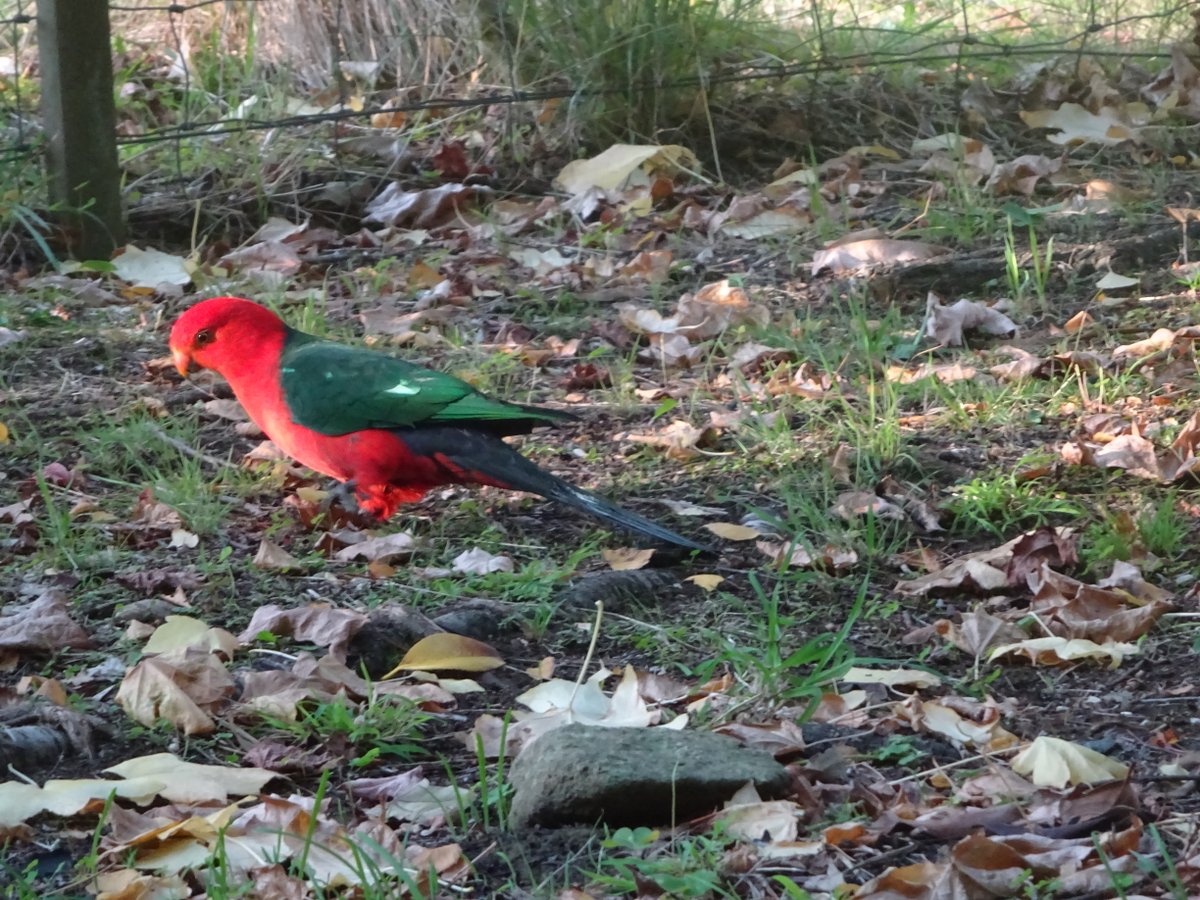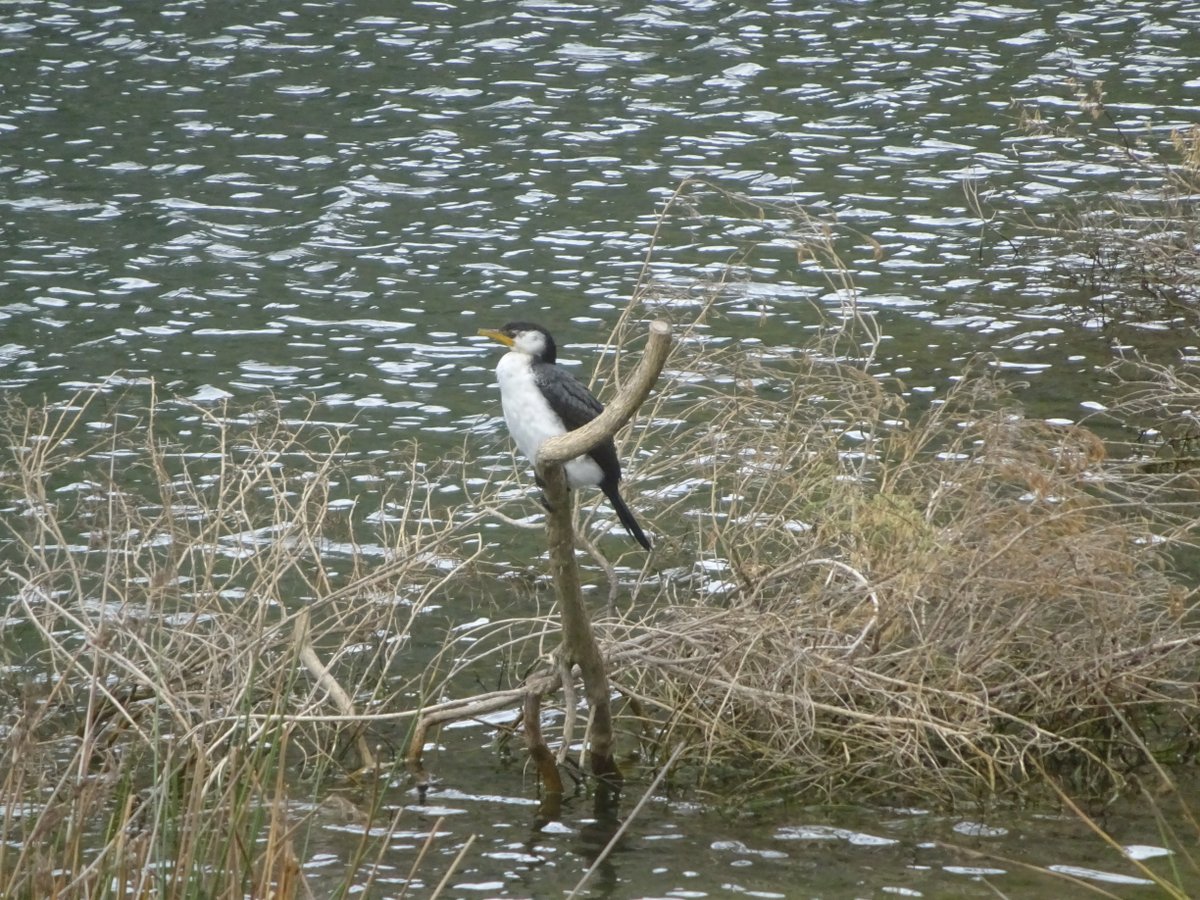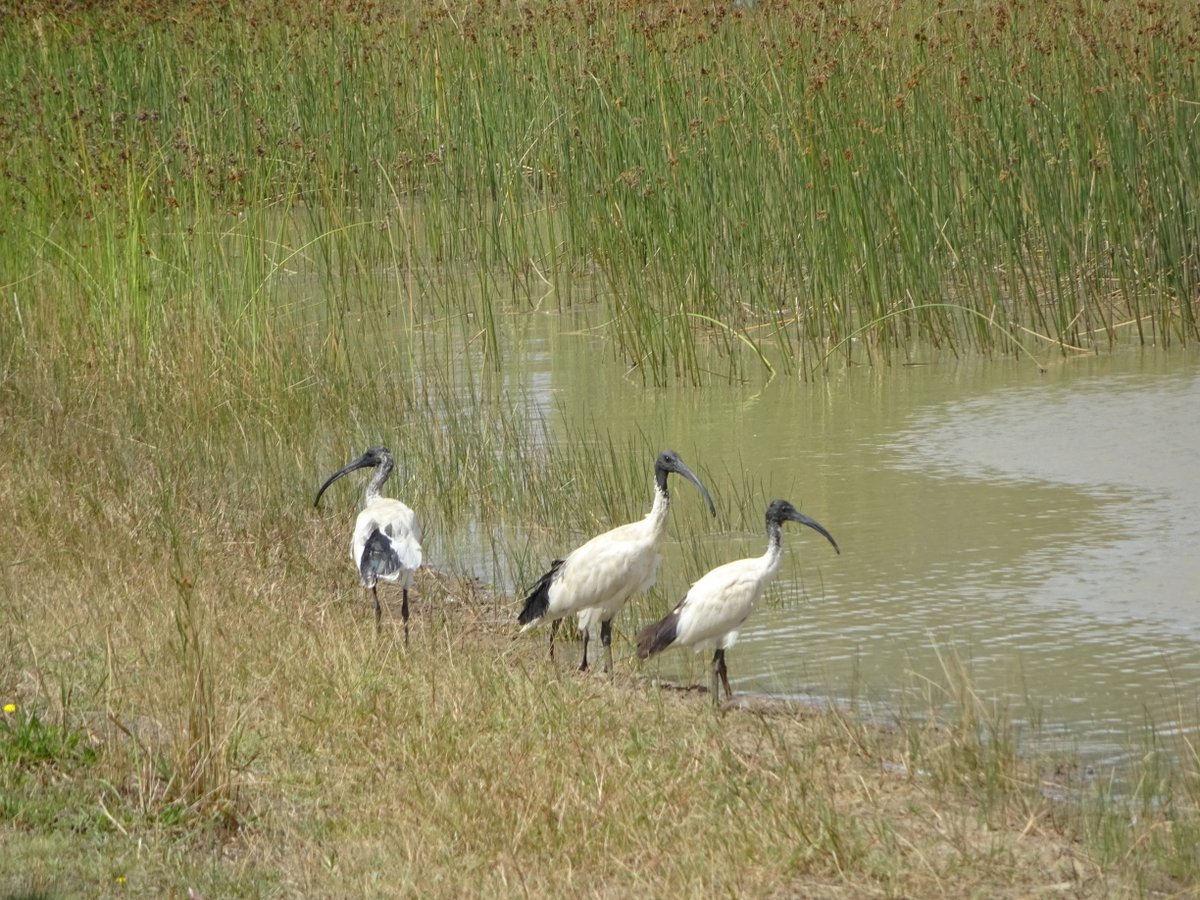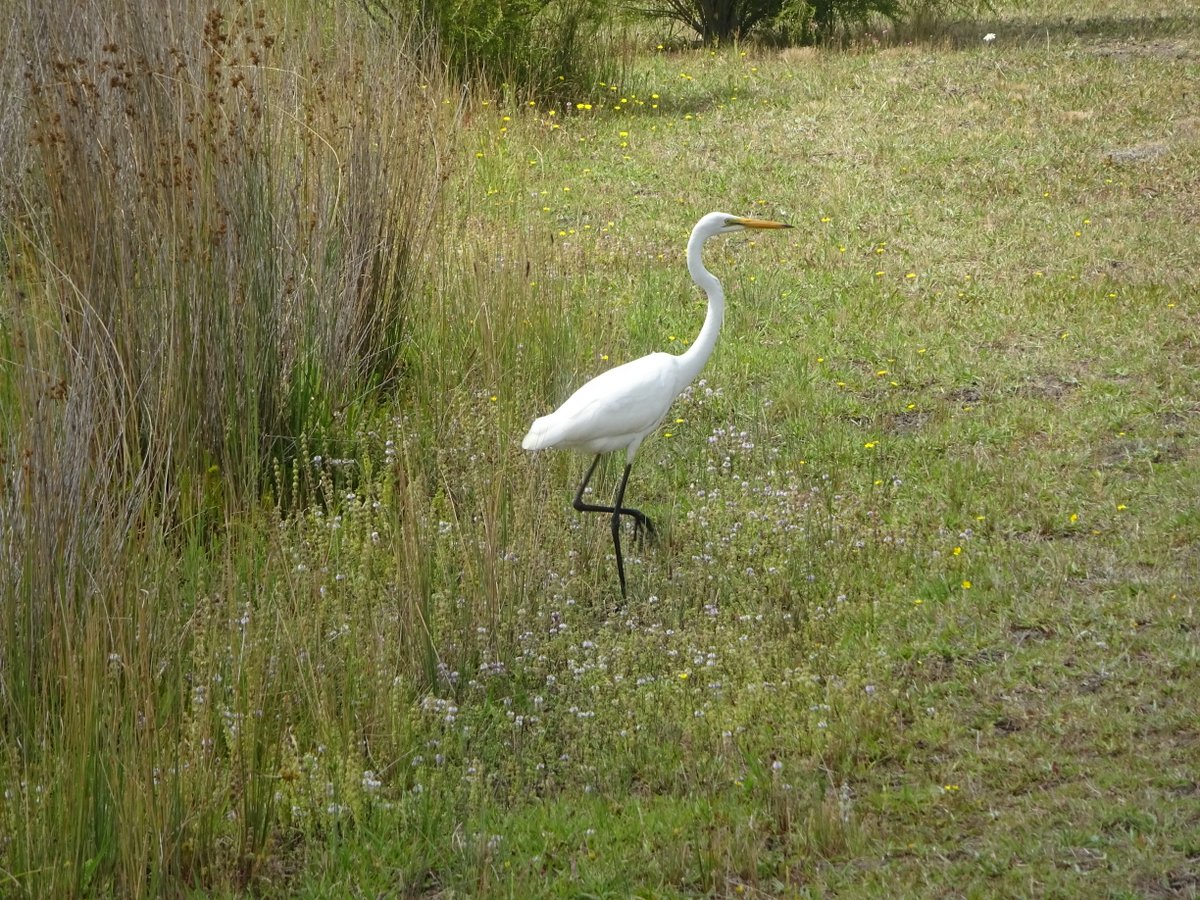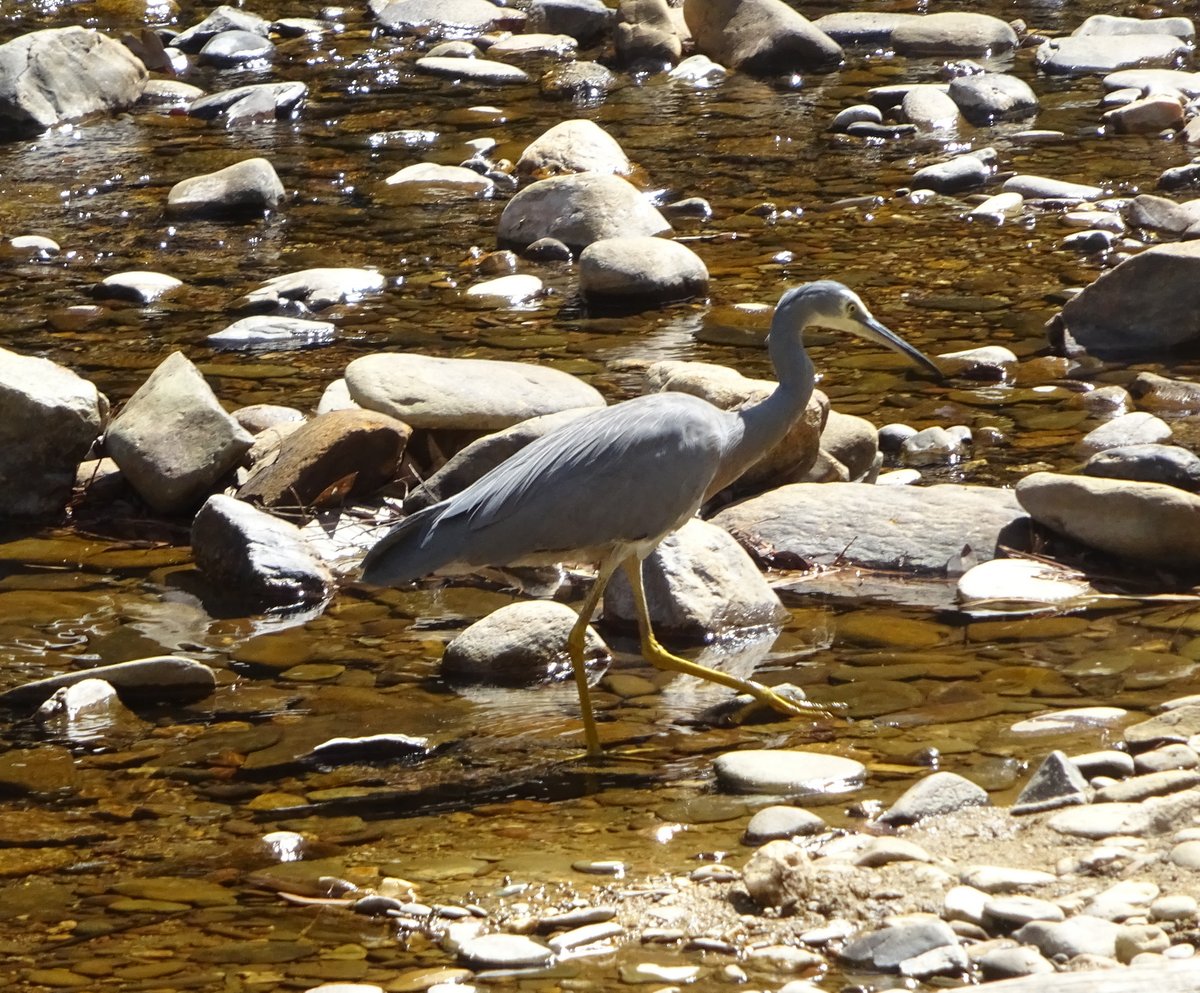So you want to see Australian animals in the wild?
In the last year, I have seen a large number of Australian birds and animals in the wild while walking, and have had people ask me how to get that to happen. Unfortunately, I don’t have any magic solutions, but here’s my experience with a little advice, some stories, and lots of photos.
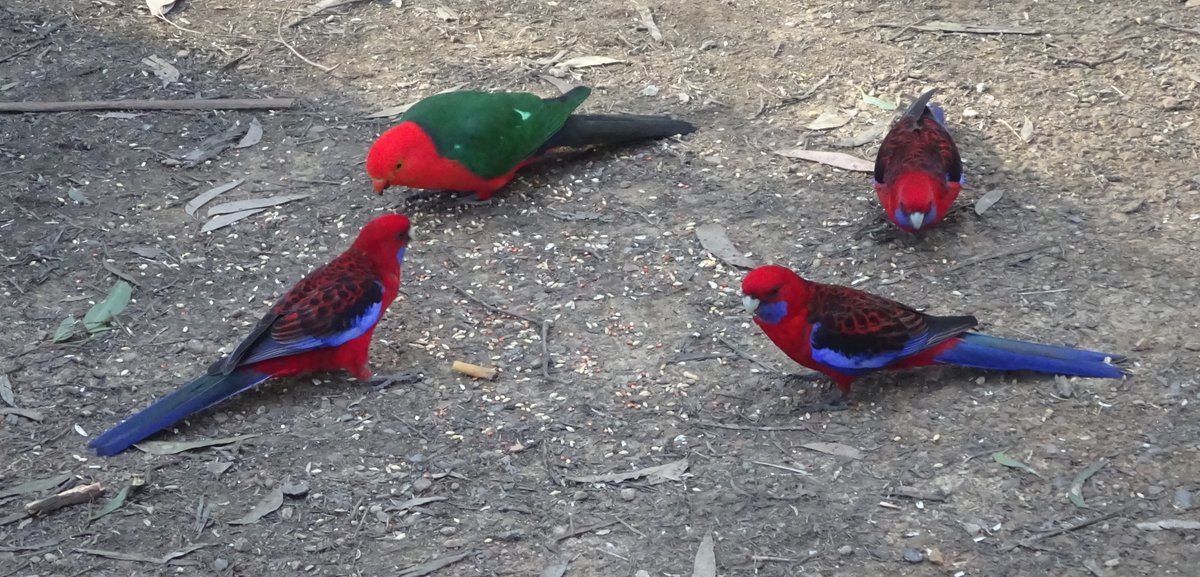
As I discussed in my last post, since I returned home from a long trip to the UK, I have been hiking more frequently and for longer distances in a wider variety of places, and I’ve been seeing more birds and animals as a result.
So what can you do? Well, my best advice would be to spend time out in the wild, be willing to stop and spend time admiring any birds and animals you meet, and see what happens. Trivial advice, perhaps, but still true.
Walking quietly probably helps (I don’t go out of my way to be specially quiet, but I think I see more animals when walking alone and away from the more popular tracks). I also find that many of the animals I’m interested in are more likely to be active at dusk, but as with everything your mileage may vary.
Some areas to try
My particular stamping ground is the eastern suburbs of Melbourne, mostly in and near the Dandenong Ranges. In this area:
-
Colourful birds can be both heard and seen throughout the Dandenong Ranges.
-
Wallabies are more likely to be found in the Dandenong Ranges near dusk. Kangaroos can be found at Lysterfield Lake Park, and are much easier to find than wallabies.
-
Lyrebirds are frequently found on or near trails with “lyrebird” in the name. I’ve seen quite a few at the Rhodedendron Gardens and near Grant’s Picnic Ground. Over the years I’ve also seen quite a few near the popular Thousand Steps, though unfortunately many people are too busy walking to notice them.
-
Flying foxes can be found in thousands roosting at the Melbourne colony near Bellbird Picnic Ground in Yarra Bend.
Listen carefully
Many of my favourite encounters have happened after I walked past an animal without noticing it, then heard them and turned back. In particular, rustling or scratching in the undergrowth to the side of a trail can indicate a lyrebird, an echidna, or a wombat, or one of many species of bird. And sometimes the sound of bouncing is the first indication that you got too close to a kangaroo or wallaby.
This is also how I got my closest view of a koala in the wild at Mt Eccles, and how I got a front row seat to several lyrebirds dancing and singing in the Dandenong Ranges.
Night walking
Shortly after dark, Dandenong Ranges night can be a raucous place, with choruses of kookaburras laughing or cockatoos screeching.
Some Australian birds and animals only properly come out later at night, which contributes to making night walking an interesting experience. In particular, looking up at the wires can often show a curious possum or a tawny frogmouth. And from the right viewpoint the street lights can stretch out before you in beautiful patterns.
Walking in the bush is a completely different experience at night, particularly if the moon is nearly full. The night can be calm and peaceful while still being full of strange noises. And as the peak life-form in the district, I can assume there is nothing out there to hurt me. It might just be that I’m not imaginative enough, but at least the Dandenong Ranges don’t have leopards prowling the bush at night. Some of the animals round could hurt me (kangaroos?), but most of those are more eager to stay away from me than I am to stay away from them.
My experiences
In the past year, I have seen kangaroos, wallabies, wombats, possums, echidnas, and flying foxes.
For birds, the list is longer and includes some of our most beautiful and tuneful birds: kookaburras, rosellas, king parrots, lyrebirds, fairy wrens, flame robins, magpies, tawny frogmouths, ibises, black swans, herons, currawongs, cormorants, cockatoos, and galahs. And even that is not a complete list. From a distance, I’ve seen wedge-tailed eagles and other birds of prey patrolling the sky and soaring aloft on the updrafts.
I’ve also seen some foreign species: deer, foxes, and rabbits. But, despite Australia’s reputation, one thing I haven’t seen in the last year is snakes. I know there are some around Melbourne, but I think I’ve only seen them further out, in places like the Grampians and the Australian Alps.
So the general summary is this: Spend time in the bush, and you will see interesting birds and animals. The rest of this article has more details of individual encounters over the past year, with associated pictures where possible. Hopefully they can inspire you to go out and have your own encounters.
Boxing kangaroos?
If I walk in Lysterfield Lake Park in the afternoon or evening, I’m basically guaranteed to see both individual kangaroos and large groups (some days I have seen hundreds). Usually they are peacefully grazing, and quite happy to ignore me unless I get too close.
One time, though, I came upon a smaller group of kangaroos with a couple of them fighting. The one who started it was the middle one in the photo below. It started by appealing to the one on the right to leave. Once the ground was clear, the two remaining kangaroos reared up on their hind legs and sparred for a bit. Soon, though, the one who started it disengaged and started scratching its leg instead. Not being an expert in speaking kangaroo, I have no idea whether that meant play time was over, or that there was a dispute that was resolved, or if it was just a temporary truce.
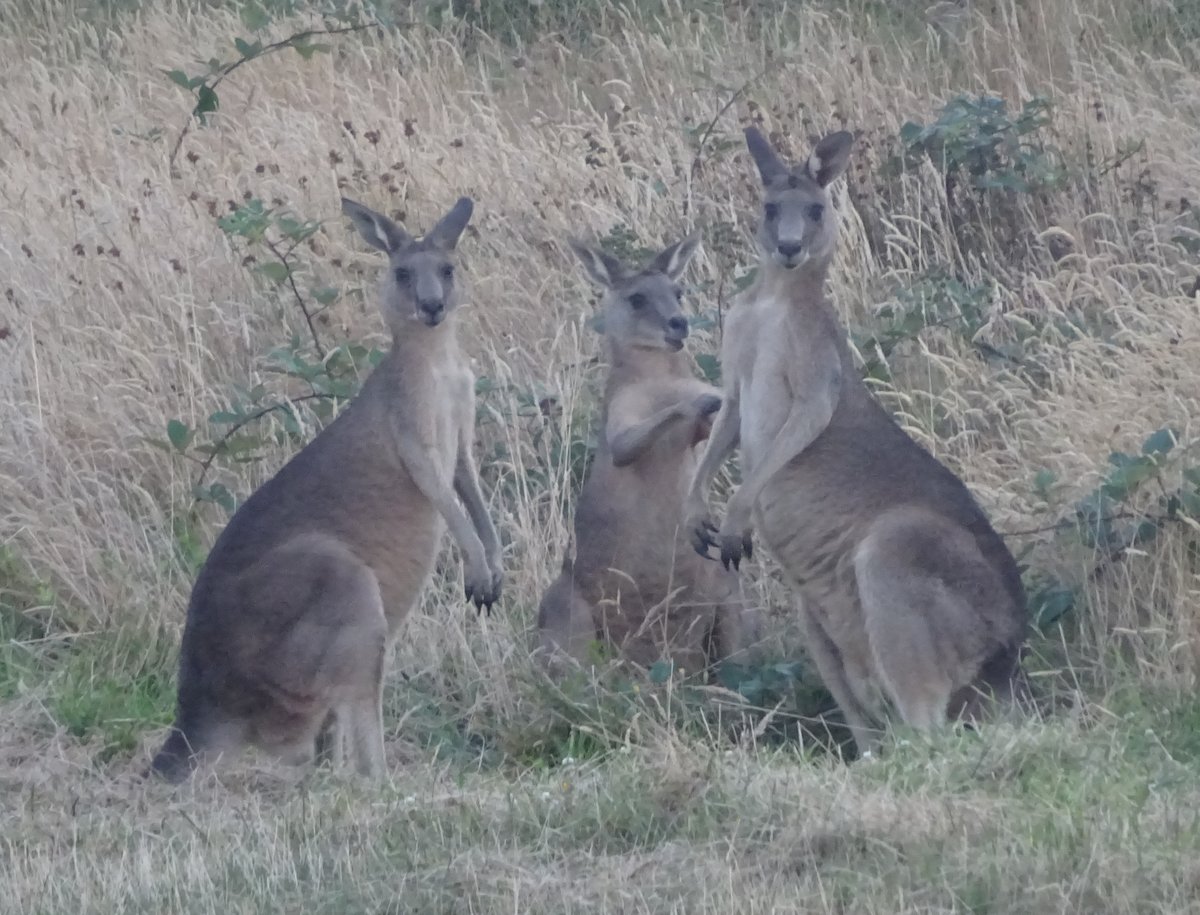
An Echidna Encounter
The echidna is a pretty cool animal: spiny, with a long beak. One thing they’re not, though, is subtle: They make a lot of noise as they waddle along through the bush, and I reckon you can usually hear them a long way off. I’ve seen them in quite a few places around Victoria, including once in my driveway (it was completely dark, but the echidna still made enough noise that I investigated).
This year, I saw one in the Dandenong Ranges for the first time, and it came closer than I’ve ever seen one. Again, since it was near the trail I had no difficulty knowing it was there, and watched it digging into an ant’s nest. Then it came towards the trail, and I thought I was best just to stay still. It proceeded to cross the trail, passing within inches of my feet as I did so, and waddled off into the distance. I guess I was glad I didn’t scare it.
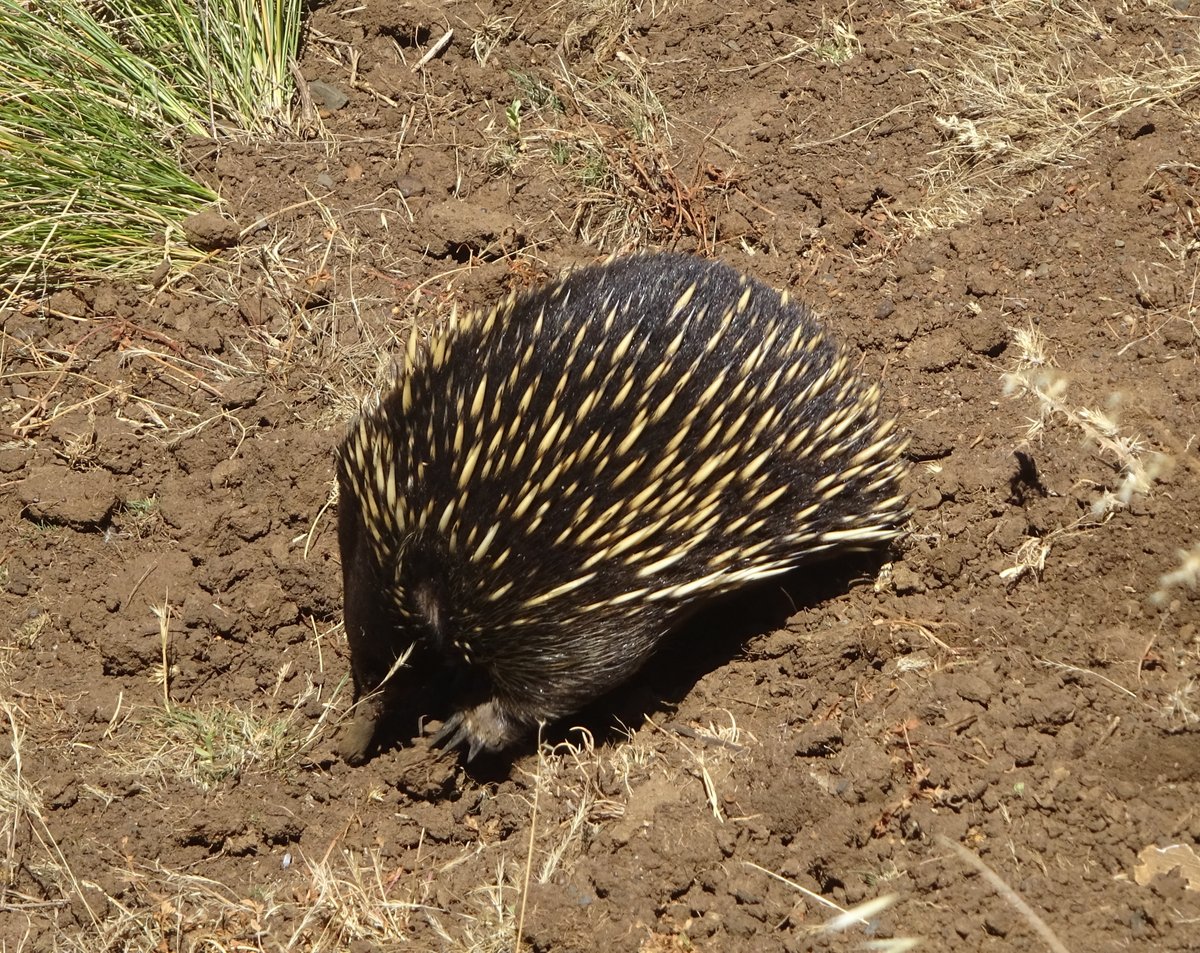
Wombats
I saw several wombats when walking Mount Buffalo at night. I’ve always viewed them as slow, lumbering creatures, but there they showed how fast they moved and how aggressively they could act if they felt I was too close. I also had one cross the trail in front of me at night a few weeks back.
But, closer to home, I found one in a distant corner of the Rhodedendron Gardens (Public service announcement: This was within about 50 metres of a “watch for wombats” sign on the road. So be careful: they are out there, and you don’t want to hit them).
Truthfully, it wasn’t very interested in me: It had its head firmly down to the ground, and was slowly moving as it munched the grass. It came within a couple of metres of me before suddenly realising I was there and turning round sharply, then scratched itself against a tree before continuing its one-wombat grass consumption mission.
Bear in mind that this was during winter, the Rhodedendron Gardens are always colder than my area, and I had forgotten gloves. I spent about 20 minutes watching, and by the end my hands were almost freezing to the camera. But it was an opportunity there to be seized, and it was worth it.
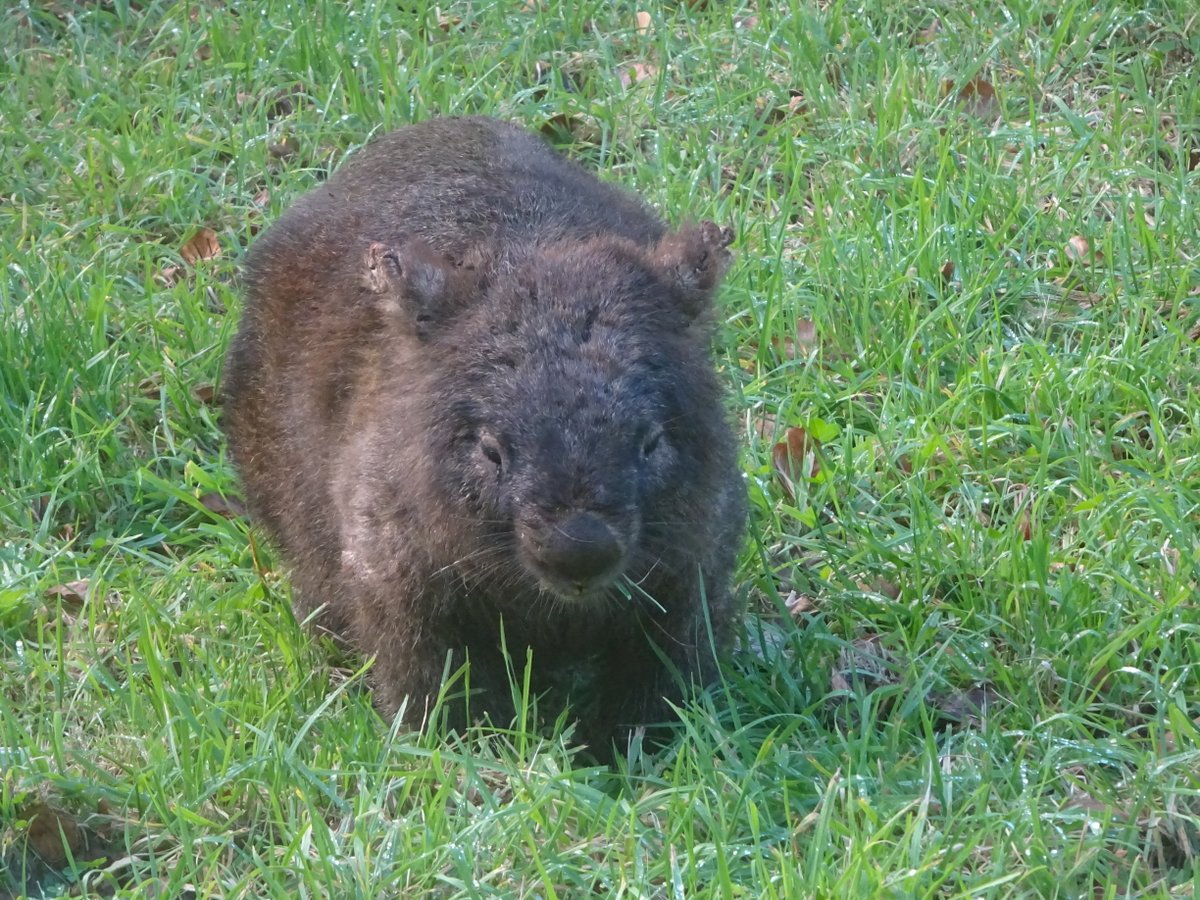
Wallabies
Wallabies are usually much more reclusive than kangaroos. I see them frequently in the Dandenong Ranges, but don’t often see multiple wallabies together.
The exception I found was on Cape Woolamai at Phillip Island. Here there were large groups of wallabies out feeding near dusk, generally acting much more like kangaroos than like wallabies.
Later on in the same walk there was one that came dashing up behind me, obviously not realising I was there. As it came closer, it spun round nearly 270 degrees awkwardly while still moving, then dashed away again.
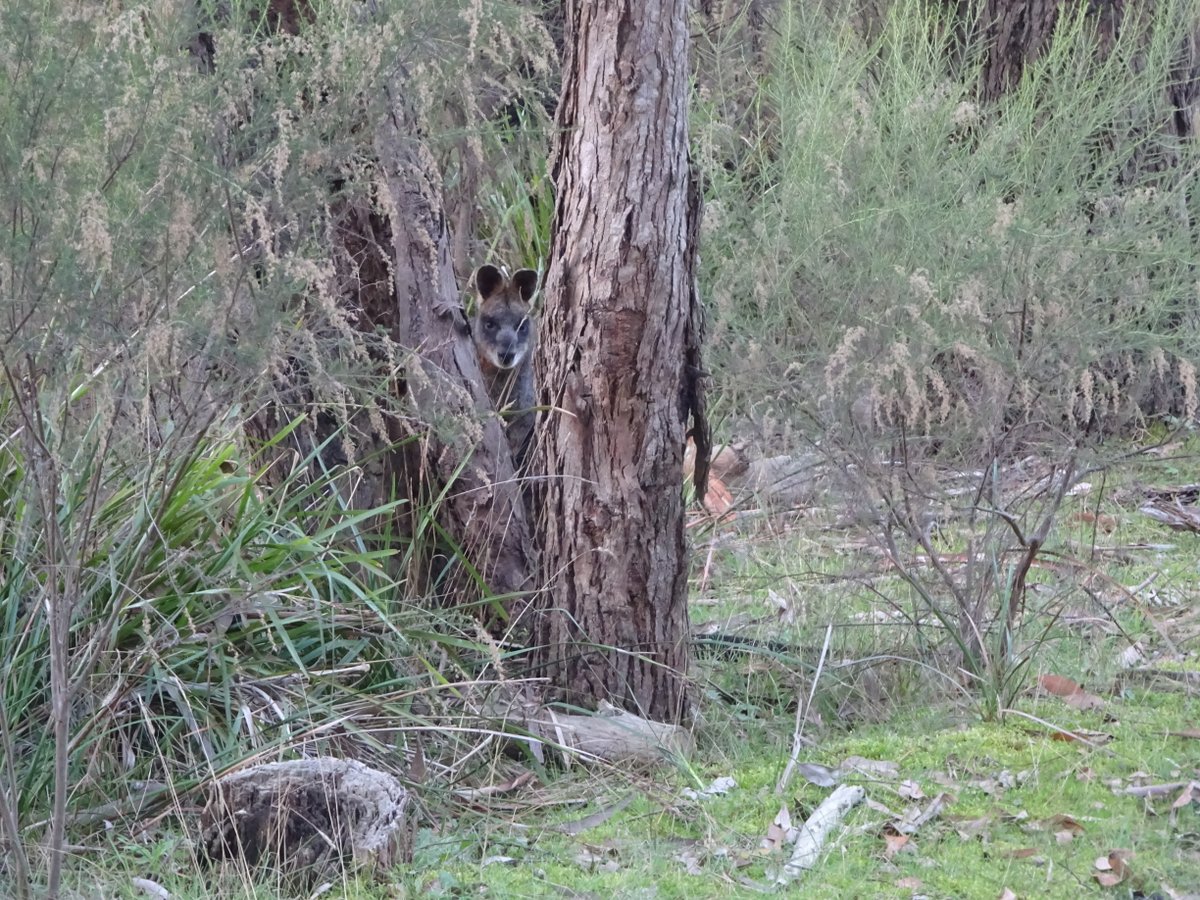
Song of the lyrebird
Before this year, I had never seen a lyrebird singing in the wild. This year I’ve seen three singers showing off, and I’m sure I’ve heard several more. They are natural mimics, and the combination of a spectacular tail feathers and a wide variety of bird sounds makes their performance fascinating to watch. One I saw had its tail completely spread out and covering its head as it strutted back and forth.
My experience has been that the strange mix of bird calls is the best way to find them. All of them are familiar Dandenong Ranges bird calls, but if you hear half a dozen different ones coming from the same place in half a minute it’s probably a lyrebird. Particularly one time when the sound being imitated was a flock of birds flying away with the call receding into the distance. It still sounded perfectly convincing the third time, but I had seen no evidence of any birds flying away.
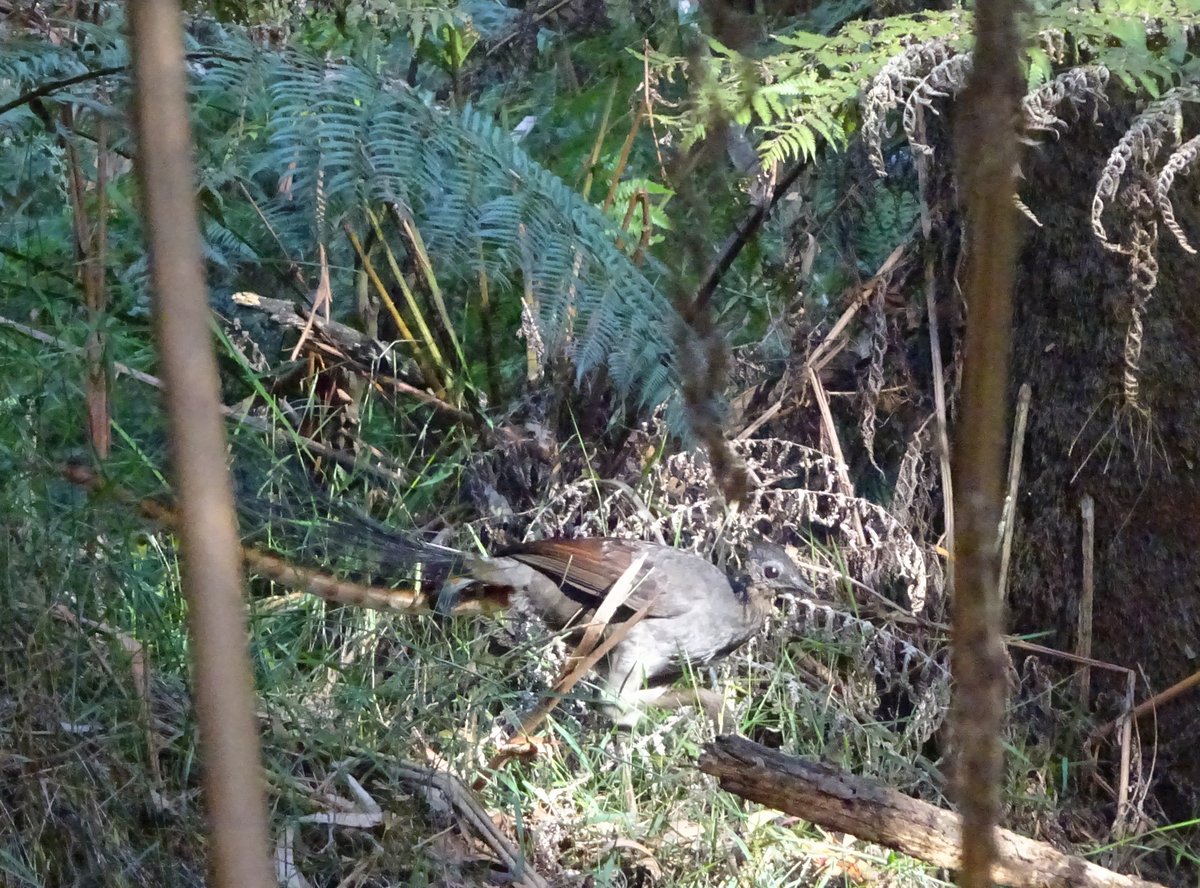
You saw what up a tree?
One evening I was walking in lyrebird country just after sunset. It was an area I had seen lyrebirds before, so I wasn’t surprised to see a lyrebird. What surprised me was where the lyrebird was: right near the top of a tall gum tree. But there was no mistaking it: I had heard a noise, and when I looked up the distinctive lyrebird shape was there silhouetted against the sky. It must have been at least 30m up, with no helpful branches lower down to assist it in its climb. As I watched, it made it clear how it was getting about: scampering from branch to branch, sometimes climbing up the trunk with wings flapping madly, sometimes jumping between branches on trees that didn’t look that close together (again, with wings flapping madly). It’s not a flying bird, but clearly the wings still have some use.
I’m sure it knew what it was doing. I sure didn’t…
Flying foxes
Melbourne’s flying fox colony is in Yarra Bend, not too far from my workplace, so I aim to include it in an after work walk at least once a year. They have a lovely, fox-like red colour, and surprisingly large black wings to wrap themselves in. Night time is their active time, so near sun-down they begin to get more active, eventually circling round and flying off in groups both small and large. During the night they can travel at least 60 km, sometimes roosting near a distant food source for several days.
It’s also interesting visiting the colony during the daytime. Nominally, they are all meant to be upside down sleeping, but in practice each tree has enough bats in it that there are some restless ones. I’m sure there is a complex code of bat conduct, but all I can see is that squawking erupts whenever one does the wrong thing. They are able to crawl along the branches, and I found it quite common to see one bat get into another’s personal space, at which there is aggressive flapping of wings, and often one retreats or flies away (though sometimes they settle down into harmony).
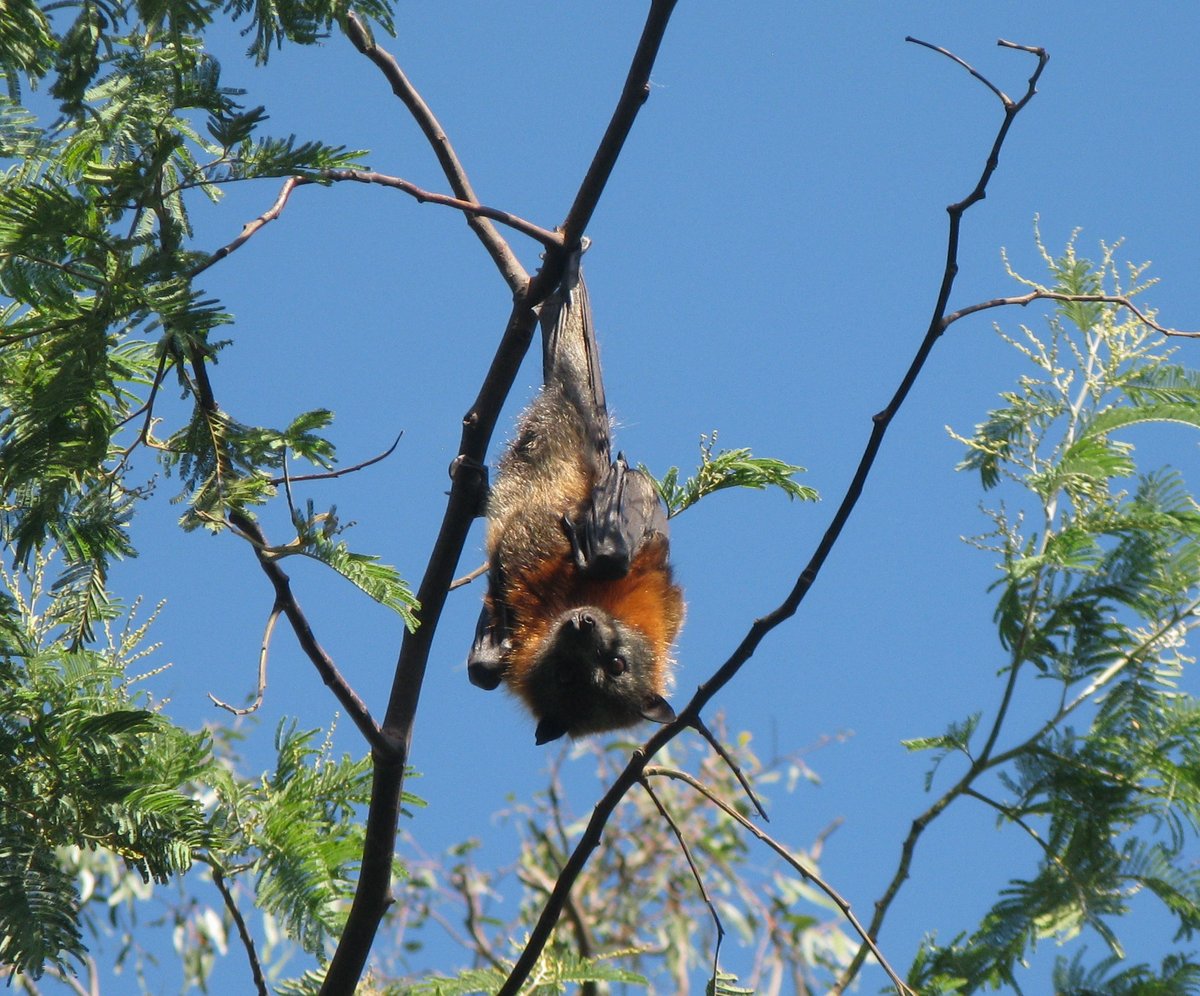
Flight of the kookaburra
Once I was walking in the Dandenong Ranges and stopped to watch a nearby kookaburra catch a worm. Suddenly, a tremendous squawking started in the distance, and the kookaburra immediately headed for it. So did two other smaller birds. What I wasn’t expecting was for one of the smaller birds to very deliberately line up its flight with the kookaburra’s, then catch up with it and hit it directly on the head. I have no idea what was going on, but it was interesting to watch.
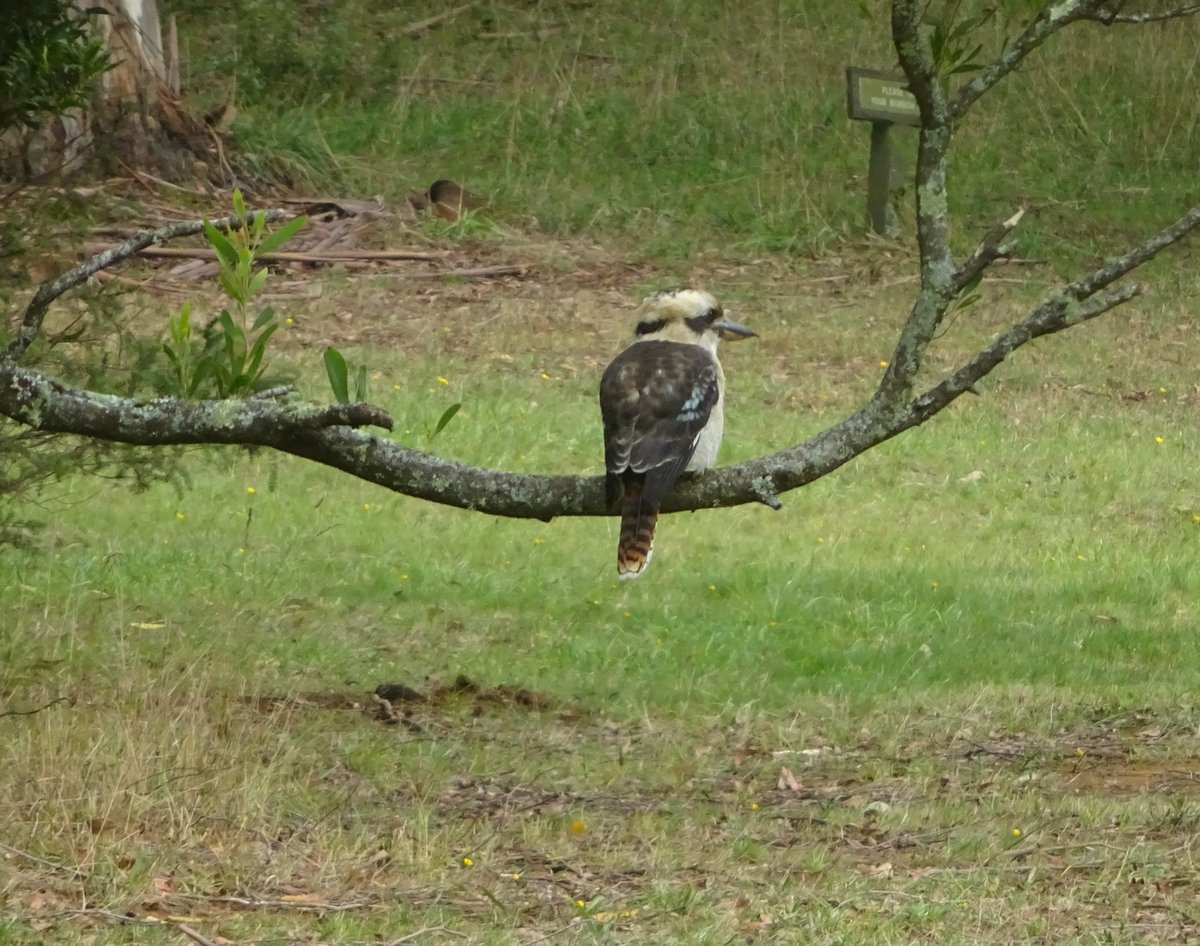
Um, where did my tree go?
Last year, I removed a large branch in front of my house which was encroaching on the electric wires. About 15 minutes later, it was nearly dark and I was still out there, when what did I see but a possum walking towards me along the wires? It was hilarious to watch, because it made it abundantly clear that it was trying to figure out what had happened to its branch. It walked a bit past the original point, then prowled back and forth peering down, clearly quite confused. Eventually it went to another point and made a longer jump into a different tree.
Possums at night
I find that if you walk at night anywhere in the suburbs and look up, it’s quite common to see possums walking along the wires. My impression is that out here in the Dandenong Ranges we tend to have larger possums, while the inner suburbs are more likely to have smaller possums. If you pause they too will often stop and peer down trying to figure out what you are doing.
Closer in to the city, I’ve seen quite a few possums exploring the rubbish bins in parks. A few weeks ago I was walking through Carlton Gardens at night (site of the Royal Exhibition Building). There were lots of possums running about on the grass foraging. Most of them wanted to keep away from me, but one of them came up close and sniffed my shoes. Not quite sure what it was looking for.
Last week when walking back from the station I saw a possum in a small tree, only about a metre above me. It was far too busy stripping the new leaves from the branches to show any interest in me. In its search for food it was going right to the edge of the tree, where the branches looked so thin that they couldn’t possibly support its weight. But they did - I guess it’s unsurprising that a possum would judge a branch’s weight bearing capacity better than me.
You can be sure that if I saw these things in daytime rather than at night I’d have lots of interesting pictures of them, because even the larger possums are really quite cute.
An excitable joey
I came upon a wallaby joey slightly in front of its mother (both well back from the trail). It was a confident jumper, but clearly scared of strangers. It quickly leaped uphill to its mother, then another 5 metres uphill, clearly expecting its mother to follow. The mother obviously recognised that I wasn’t a risk and stayed where it was, so after half a minute of indecision the joey raced back downhill and safely into the pouch.
Nesting
This year I had a nest built in my shed. For a while, I didn’t spot any birds around, but by late spring the parent was hovering round the property and the chicks were cheeping and demanding food at any opportunity. By late summer they demanded the run of the shed for flight practice and looked much more like smaller versions of their parent.
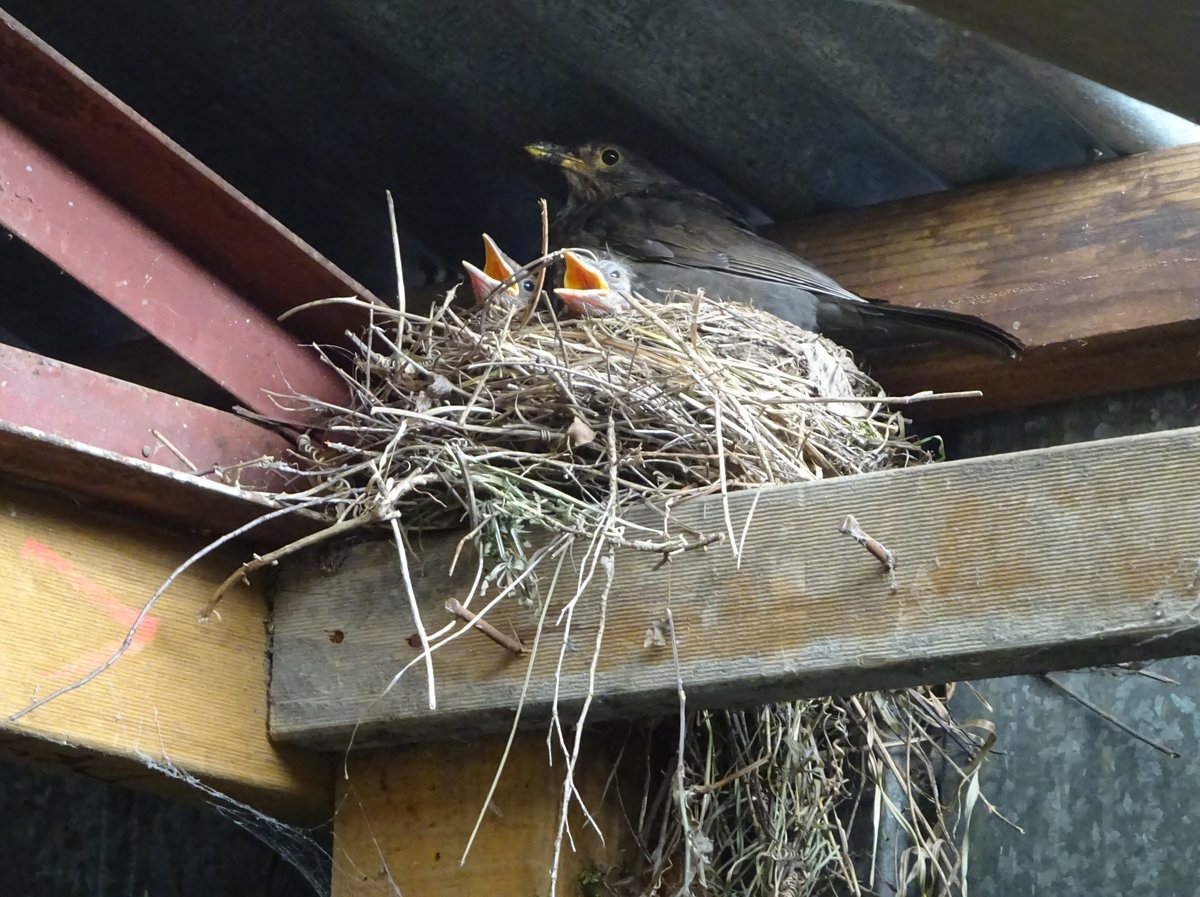
Scavenger at work
While I would love Melbournians to visit the Dandenong Ranges, there is bird life to be observed across Melbourne, including some noted scavengers. Of course, sea gulls are two a penny where there are chips around (though I did see a very eager horde descend on the remains of a salad in Docklands).
The one that got my attention was near Fed Square, where a crow swooped down, seized a paper bag, then tore it to pieces with seeming enjoyment. As far as I could tell there wasn’t any food in the bag, but that didn’t seem to bother the enterprising bird.
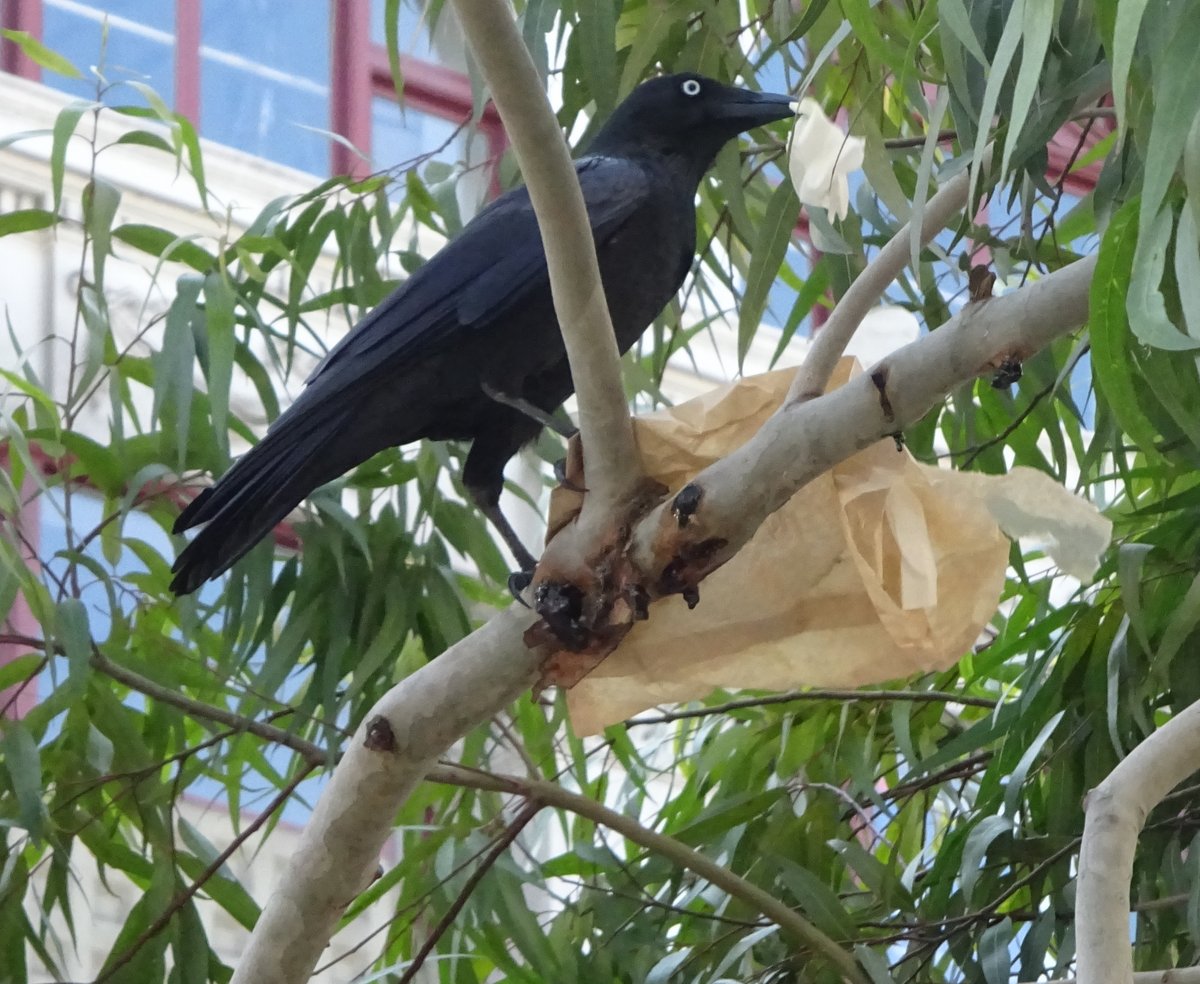
Some more bird pictures
Birdlife is an important part of what makes the Dandenong Ranges special. They give background sounds to a walk, from the sudden whip-like crack of the whip bird to the prolonged laughter of the kookaburra. They can also add colour to any walk, whether it’s the quick flash of the crimson rosella taking flight or a superb fairy wren busily hopping about.
I get some of the more colourful ones in my garden, including rosellas and king parrots. And at times in spring and summer they can spend all day in the trees in my garden eating and calling.
Here are some of my favourite bird pictures from the past year:
